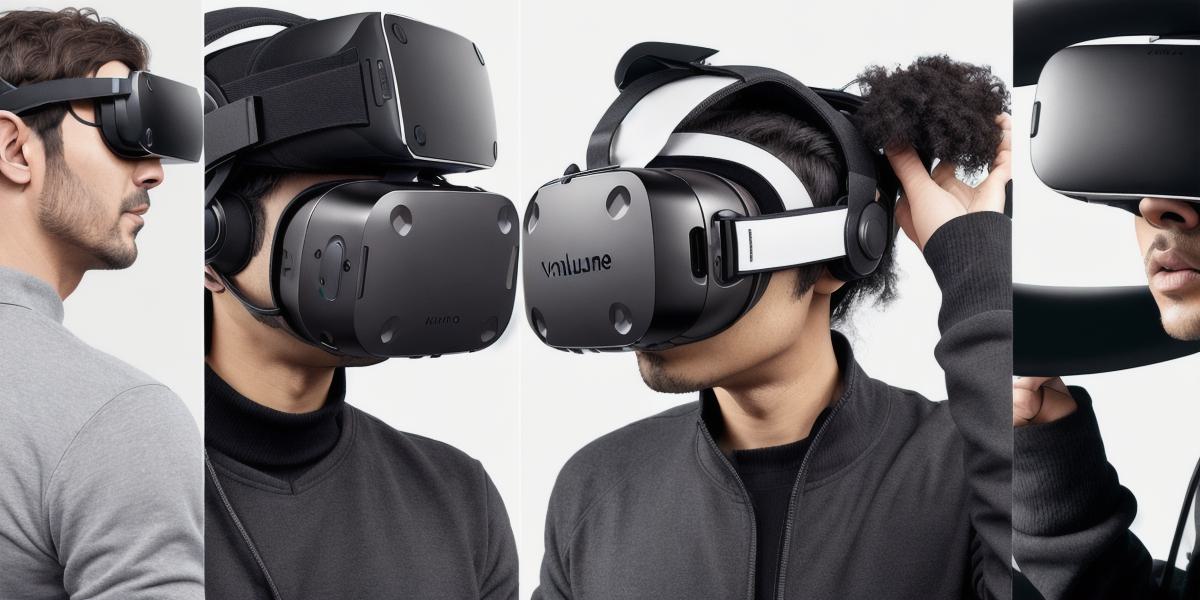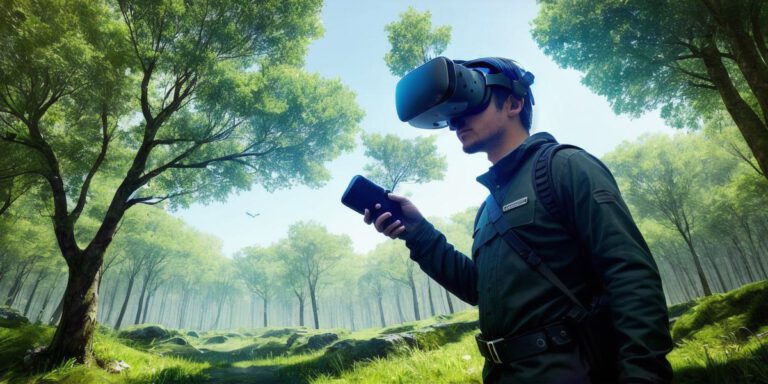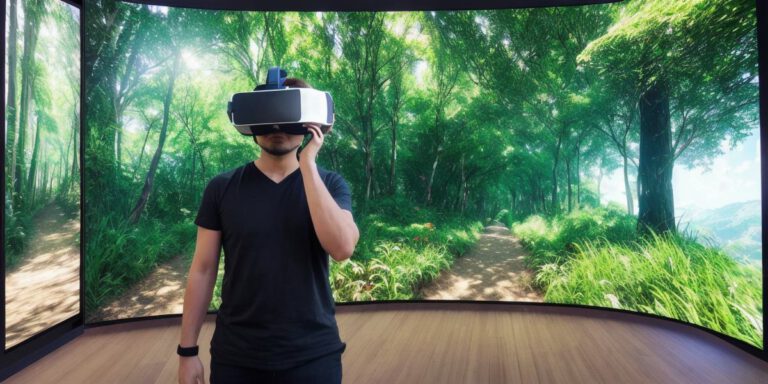VR vs AI: Differences, Similarities and Future Possibilities

Virtual Reality (VR) and Artificial Intelligence (AI) are two of the most exciting and transformative technologies of our time. While both have been around for a while, they are only now starting to come into their own in a wide range of applications, from gaming to healthcare to education. In this article, we will explore the differences between VR and AI, as well as the similarities and future possibilities that lie ahead.
What is Virtual Reality?
Virtual Reality is an immersive experience that simulates a 3D environment in which a user can interact with virtual objects and characters using specialized sensors, such as headsets, gloves or hand controllers. The goal of VR is to create a sense of presence and realism that is indistinguishable from the real world, allowing users to experience things they might not otherwise be able to.
Virtual Reality has been around for decades, but it wasn’t until the development of powerful computer hardware and sophisticated algorithms that it became possible to create truly immersive and interactive experiences. Today, VR is used in a wide range of applications, from gaming and entertainment to training and education, healthcare and more.
What is Artificial Intelligence?
Artificial Intelligence, or AI, refers to the ability of machines to perform tasks that would normally require human intelligence. This includes things like understanding natural language, recognizing objects and patterns, making decisions, and solving problems. AI systems can be trained on large amounts of data to improve their performance over time, and they are becoming increasingly common in a wide range of applications, from virtual assistants like Siri and Alexa to self-driving cars and medical diagnosis.
What is the Relationship Between VR and AI?
There are several ways in which VR and AI intersect. For example, AI can be used to improve the performance of VR systems by enabling them to learn from user behavior and adapt to new situations. Additionally, AI-powered virtual assistants can help users navigate VR environments more easily and efficiently.
On the other hand, VR can also be used to train AI systems. By exposing AI models to immersive and interactive virtual environments, researchers have been able to improve their performance in a variety of tasks, from object recognition to natural language processing.
What are the Differences Between VR and AI?
One of the biggest differences between VR and AI is that VR is focused on creating an immersive experience for users, while AI is focused on enabling machines to perform tasks that would normally require human intelligence. While both technologies involve interacting with virtual environments, the goal of VR is to create a sense of presence and realism, while the goal of AI is to enable machines to learn from data and make decisions.
Another key difference is that VR requires specialized hardware, such as headsets and sensors, while AI can be run on standard computer hardware. Additionally, VR is often used for specific applications, such as gaming or training, while AI has the potential to be applied across a wide range of industries.
What are the Similarities Between VR and AI?
Despite their differences, there are also several similarities between VR and AI. Both technologies involve interacting with virtual environments, and both require sophisticated algorithms and machine learning techniques to create realistic and engaging experiences. Additionally, both technologies have the potential to transform a wide range of industries, from gaming and entertainment to healthcare and education.

What are the Future Possibilities for VR and AI?
The future possibilities for VR and AI are truly exciting. As hardware continues to improve and algorithms become more sophisticated, we can expect to see even more immersive and interactive experiences in a wide range of applications. For example, we may see VR used to train doctors in complex surgeries or to teach pilots how to fly in virtual environments.
In the world of AI, we may see machines becoming increasingly capable of tasks like reasoning, creativity and even emotion. This could have








